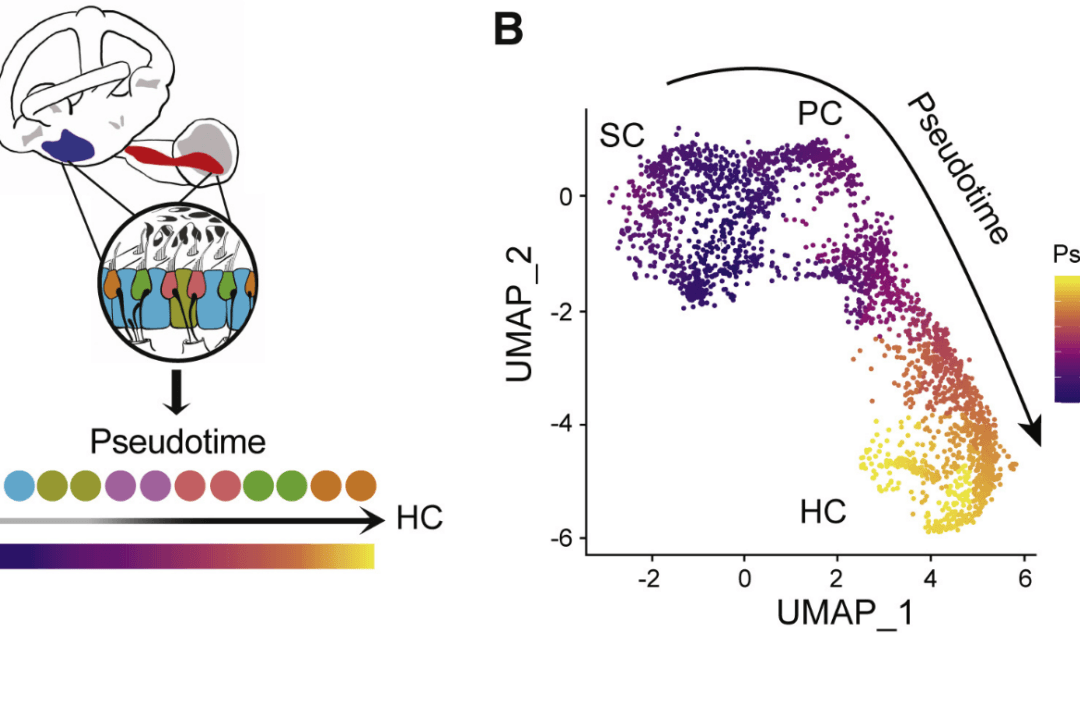A new U.S. genomics study has found a unique set of proteins that allow Zebrafish to restore hearing after injury through the regeneration of hair cells, a finding that may pave the way to new treatments for human deafness.
While the loss of hair cells—hearing receptors in the inner ear—is irreversible in humans, many animals such as fish, amphibians, and birds can regenerate hair cells. As mammals produce hair cells during embryo formation in utero, the ear’s hair cells lost after birth are virtually irreplaceable, resulting in permanent hearing loss, deafness, or vestibular disorders.





